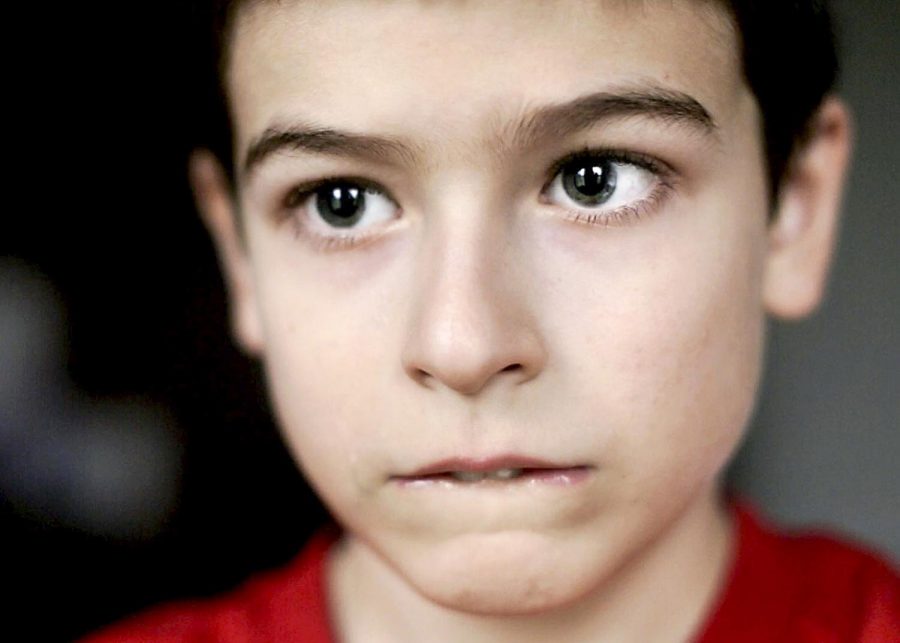Minecraft helps kids with autism learn social skills
November 19, 2015
Though many people think of Minecraft as a fun game, few consider it a teaching tool. But that’s exactly how Christina Noel used it in the Minecraft Club: as a way to help children with autism spectrum disorder learn social skills alongside their neurotypical peers.
Christina Noel, assistant professor in the School of Teacher Education, frequently heard the community call for more inclusive programs for children with autism and knew she wanted to help. Noel then saw an ALIVE Center grant for a research and community partnership and knew she had the perfect idea.
Noel said she wanted to use an area of interest for both neurotypical children and those with autism to create an opportunity for learning social skills, something people with autism often struggle with. Using a more integrated activity is extremely beneficial for both groups of children.
“The idea of a special interest group was born, and it was like, ‘Let’s try to identify something that’s really interesting — almost to the point, sometimes, of being distracting for kids with autism — [and] make it broad so it’s something that their neurotypical peers also think is really interesting, and then let’s use that as a foundation to teach social skills,’” Noel said.
At first, Noel wasn’t sure what interest to use. After talking with colleagues and community members, the overwhelming answer was Minecraft.
The Minecraft Club ran from Sept. 3 to Nov. 5 in the Educational Resources Center in Ransdell Hall. It consisted of 15 Minecraft fans ages 7 to 12. About half of the children had been diagnosed with autism, and the other half were deemed neurotypical.
Using money from the grant, Noel was able to purchase Minecraft servers so children in the club could exclusively use the maps they built rather than playing through the website. The club even had its own Minecraft expert: Ben Hammond, a Franklin senior.
Hammond started working with the club after a professor appealed for volunteers with game experience.
Hammond had many duties, one of which was simply helping children with the more difficult aspects of Minecraft.
“One of the things that I did in the classroom during when the students were there was I helped them with learning how to use the crafting menu,” Hammond said. He described other activities: “learning how to craft different items, explain a little bit of the map that they will be playing in today and what they’ll be doing if they were working in groups.”
Some of the maps had several levels that required teamwork and communication before students could move to the next level. One level prompted students to shoot different targets, and they had to talk to figure out which ones to shoot.
Another level had a maze one student would guide others through, but leaders couldn’t progress themselves until those moving through the maze had passed through and unlocked the door.
Hammond said this format of using Minecraft was much easier and friendlier for the students.
“This kind of environment — it’s a very friendly environment. It’s not loaded like a math classroom, and the students can sit down,” Hammond said. “They can get relaxed and feel at ease and ease into that communication a lot easier through Minecraft as a medium as opposed to doing a group project.”
Nancy Hulan, assistant professor in the School of Teacher Education, said her 6-year-old son Henry, one of the neurotypical participants, thoroughly enjoyed his time at the club and made many new friends.
Hulan added that her son even told her stories about how some of the children with autism who went to his school would come up and say hello.
“I would hear stories from him sometimes about how certain kiddos would say, ‘Hey! how are you doing?’ in the hallway, and those are kids who are on the spectrum who don’t typically do that,” Hulan said.
When asked about the club’s expectations, Noel replied that results were “exactly what I was hoping.”
Hulan said making friends was a great benefit of the club.
“Kids who wouldn’t normally have met, necessarily, even if they go to the same school — they’re not typically interacting with one another, so it got them to meet and [be] familiar with one another,” Hulan said.
Hulan said the club was a positive experience because it allowed students of different abilities to work together and build camaraderie.
“I think any time you encourage students with different needs and abilities to interact and work together, it’s a good thing,” Hulan said, “and work together in a positive way because it was all positive.”
Noel said one student who got into trouble at school frequently showed completely different behavior during the club.
“I think the fourth week, we had one student with autism who was 11 who … historically, kind of gets in a lot of trouble at school — has a lot of behavioral outburst and things — and he didn’t in Minecraft Club,” she said.
Noel added that the club made a huge impact in the boy’s life.
“He was so well-behaved, was like a different child,” Noel said. “And in the introducing-yourself lesson, they had to go around and introduce themselves, and I asked people, ‘What did you learn about each other?’ and this boy said, ‘I learned people can actually be nice.’
“That was the most ringing endorsement,” Noel said.




















![Megan Inman of Tennessee cries after embracing Drag performer and transgender advocate Jasmine St. James at the 9th Annual WKU Housing and Residence Life Drag Show at Knicely Conference Center on April 4, 2024. “[The community] was so warm and welcoming when I came out, if it wasn’t for the queens I wouldn’t be here,” Inman said.](https://wkuherald.com/wp-content/uploads/2024/04/smith_von_drag_3-600x419.jpg)


